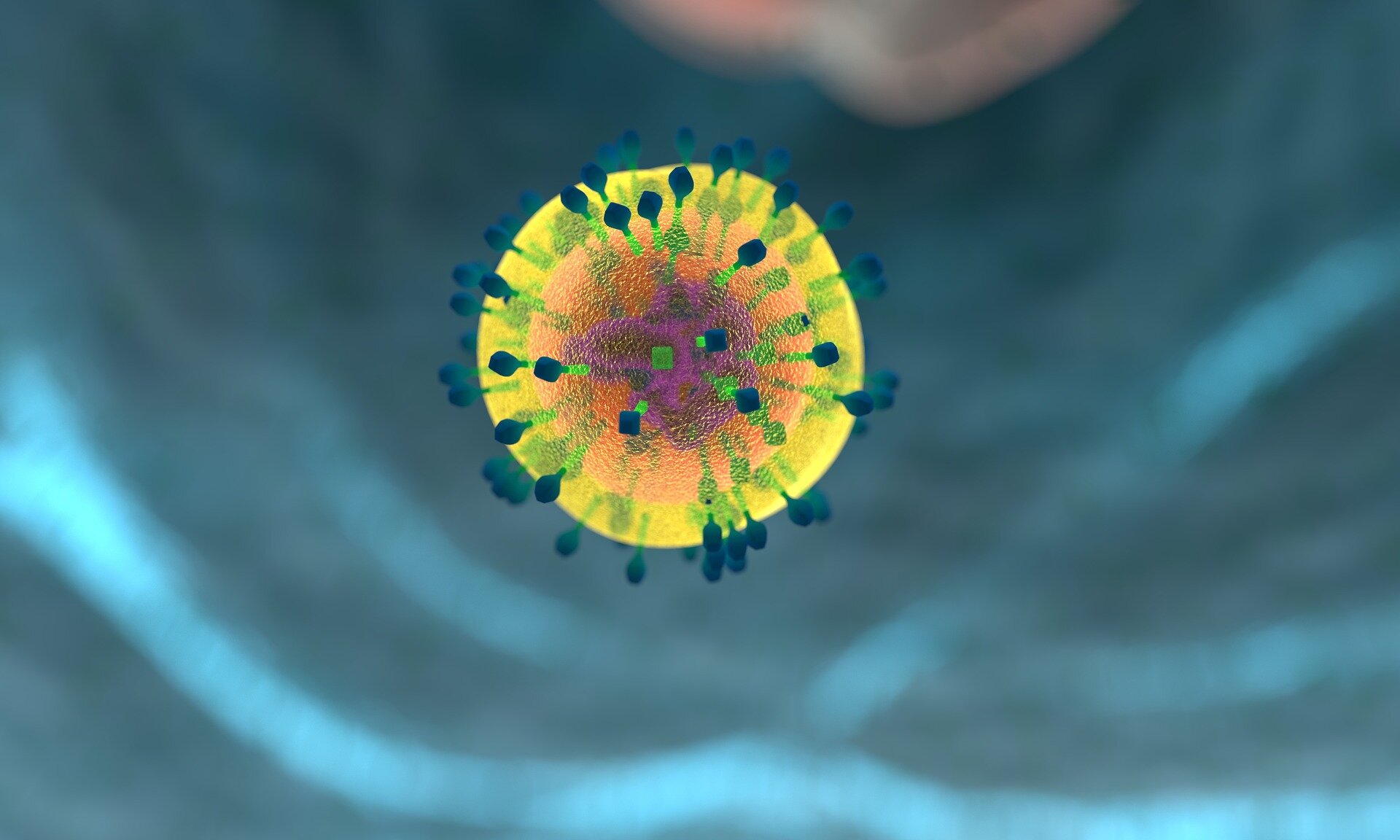A research in Texas discovered greater charges of antimicrobial-resistant (AMR) organisms in areas with greater ranges of financial deprivation, researchers reported as we speak in Medical Infectious Ailments.
Utilizing digital well being data from two giant healthcare methods within the Dallas-Fort Value metropolitan space, a workforce led by researchers from the College of Texas Southwestern Medical Middle collected choose affected person bacterial tradition outcomes from 2015 to 2020. They selected 5 AMR organisms to signify potential community- and healthcare-associated acquisition, used residential addresses to geocode cultures and hyperlink them to socioeconomic index values, and recognized geographic clusters of excessive and low AMR organism prevalence.
Among the many 43,677 distinctive cultures collected, 43.5% have been recognized as methicillin-resistant Staphylococcus aureus (MRSA), 31% as extended-spectrum beta-lactamase (ESBL)–producing organisms, 11.3% as carbapenem-resistant Enterobacterales, 8.2% as vancomycin-resistant Enterococcus, and 5.9% as AmpC beta-lactamase producers. Important clusters of all 5 organisms have been present in areas with excessive ranges of financial deprivation, as measured by the world deprivation index (ADI), and there was vital spatial autocorrelation between ADI and AMR prevalence.
The strongest correlation was noticed for MRSA and AmpC, with 14% and 13%, respectively, of the variability in prevalence charges attributed to their relationship with the ADI values of the neighboring areas.
Tailor-made interventions could also be wanted
The research authors say a number of components may clarify why AMR organisms are extra prevalent in areas with higher socioeconomic disparities. For instance, individuals in areas with greater ADI might have poorer sanitation resulting from utility disruptions or poor plumbing and subsequently be extra prone to be uncovered to micro organism, or might dwell in overcrowded settings that may contribute to the unfold of an infection. The follow of sharing “leftover” antibiotics with family and friends may additionally choose for resistant organisms.
Whereas additional analysis is required to delineate the connection, they are saying the findings spotlight the significance of addressing these disparities.
“This discovering that ADI is related to greater prevalence of AMR helps the necessity for tailor-made, native interventions for small neighborhoods together with social packages that enhance entry to medical insurance, together with public well being campaigns discussing correct hygiene methods to stop the unfold of illness inside a family,” they wrote.







